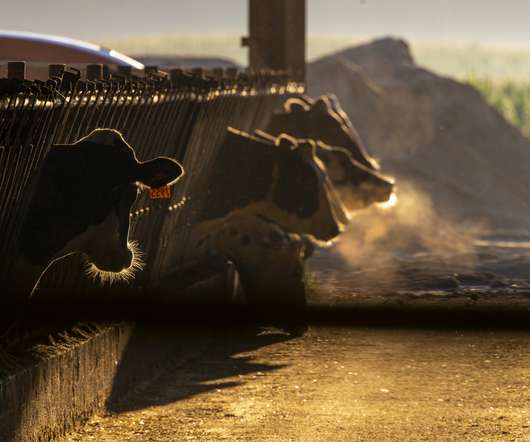Farms in Six Southeast Michigan Counties Are Major Sources of Lake Erie Toxic Blooms
Circle of Blue
SEPTEMBER 13, 2022
Her finding revealed a major source of phosphorus that drains from farmland and contributed to the harmful algal bloom that shut down Toledo’s drinking water plant for three days the year before. A study by the Environmental Law and Policy Center in Chicago and the Washington, D.C.-based Department of Agriculture.













Let's personalize your content